Address
5th Floor, No.77 Xinhe Rd, Shangmugu, Pinghu Area, Longgang District, Shenzhen, Guangdong, China
Contact
Email [email protected]
Tell (+86) 755-25507076
5th Floor, No.77 Xinhe Rd, Shangmugu, Pinghu Area, Longgang District, Shenzhen, Guangdong, China
Email [email protected]
Tell (+86) 755-25507076
Today I will introduce Xtar battery review.
This is lithium-ion batteries with output voltage 1.5 volts from the declared. Energy consumption 2700mWh.
Manufacturer XTAR has already released a similar batteries. Its wrap is in blue-white color. The capacity was declared a little higher – 3300mWh. But these batteries have one difference: the green version battery has LED indicator at the positive output which shows what is going on battery charging.
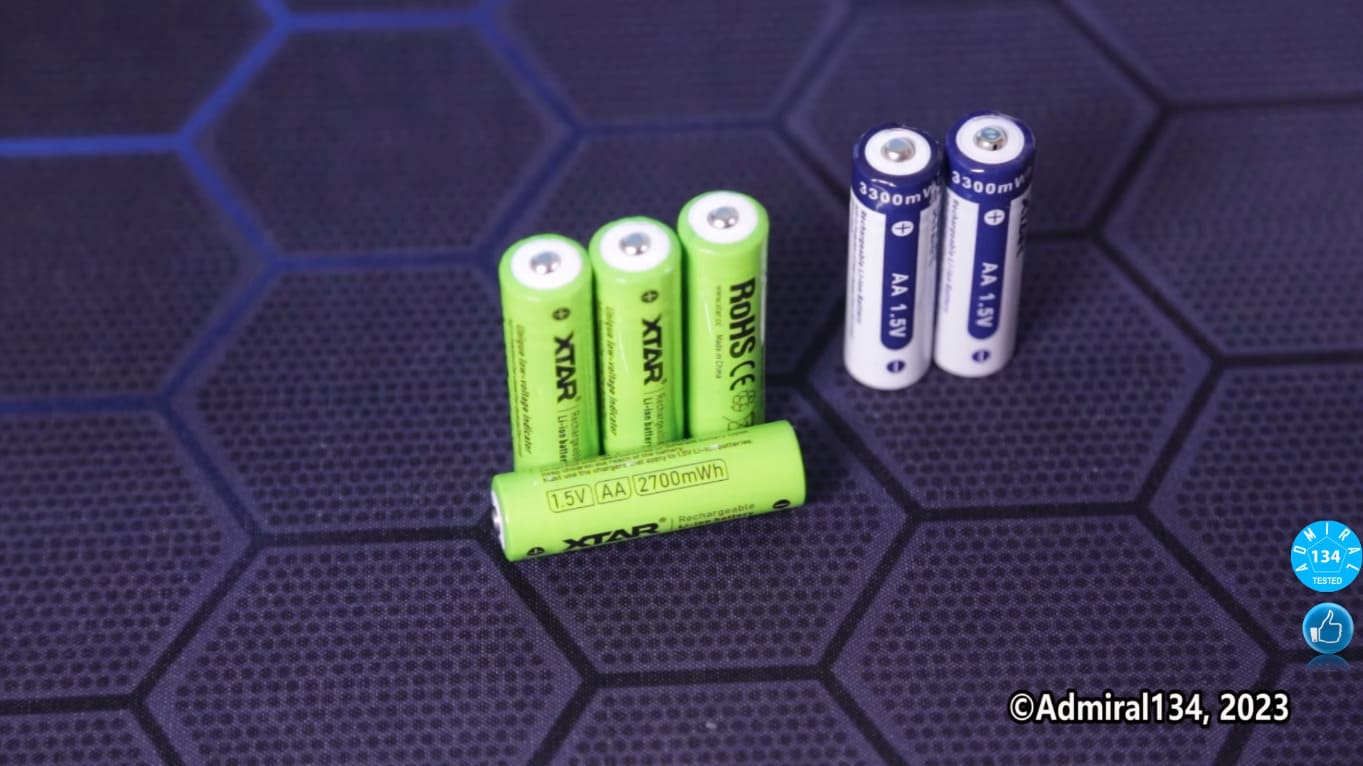
Declared energy intensity 2700 MWh, nominal voltage 1.5 volts, low voltage for these batteries 1.1 volts, maximum continuous discharge current 2A, and net weight of batteries 19.1g.
This battery has a protection board and accordingly converter which converts the output 4.2 volts up to 1.5 volts. The manufacturer stated operating temperature charge possible at extreme temperature, battery discharge from -20 to plus 60 degrees Celsius.
Batteries are declared as 1200 cycles.
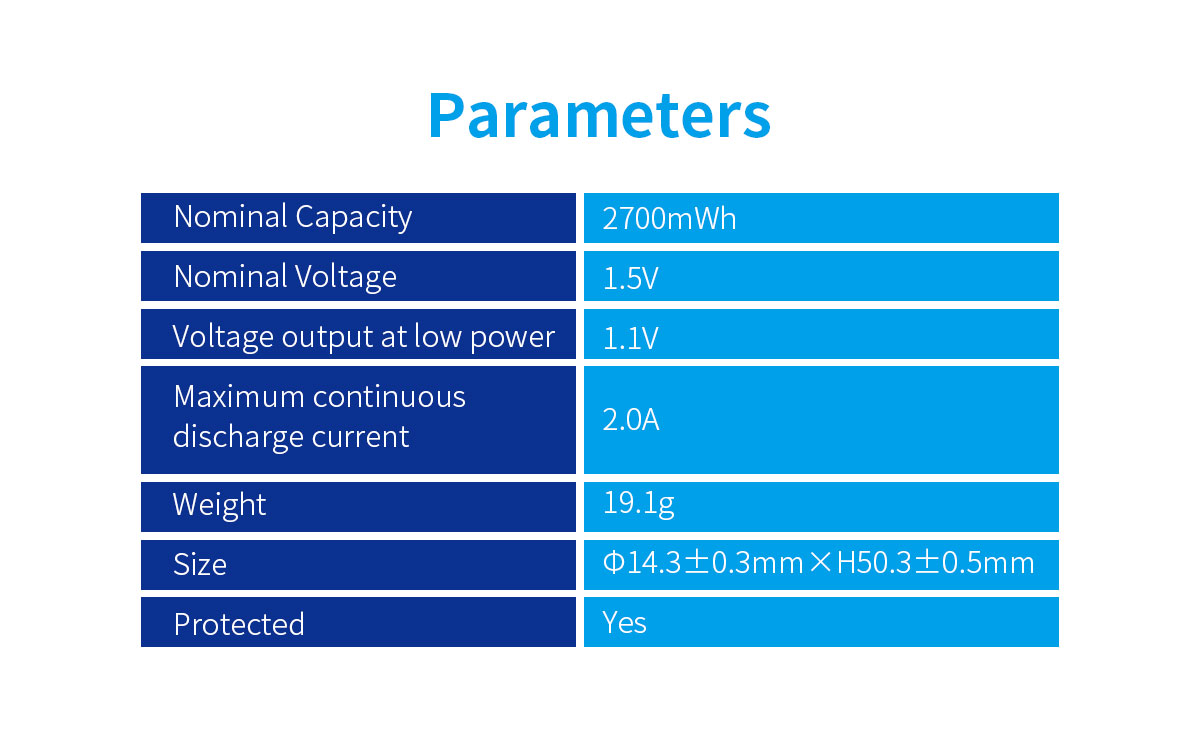
Xstar battery has green shrink wrap plus the output rises above the top edge of battery by about 1mm. The negative terminal is flat, while the positive terminal has a furrow that actually separates protection board and converter.
From the body of the lithium-ion battery, specified the company name and polarity marking. It indicates that it is lithium-ion rechargeable battery core and features that are listed in specifications. And there are also notices -what not to do with these batteries. It is recommended not to disassemble it to overheat, throw into the fire, short-circuit and so on.
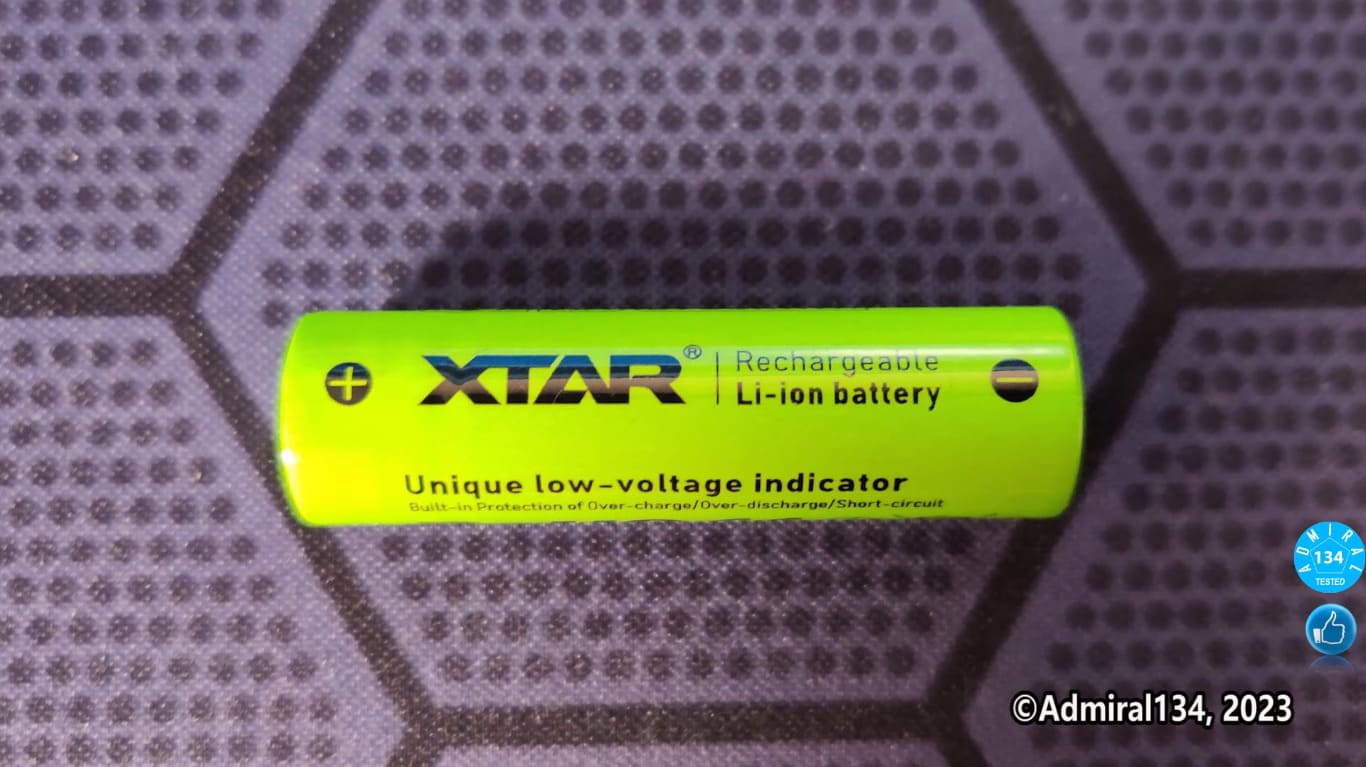
Battery weight with first sample – 18.94 grams, second sample almost 19 grams, third sample 19.12 grams and fourth sample 18.9 grams. Battery diameter 14.1 mm and length 50.6 mm.
Measure the inside battery resistance with devices YR1035+ when passing alternating current with a frequency of 1 kHz, uses 4-wire circuit connection. First instance internal resistance 620 milliohm, voltage 1.525 Volts. Second sample 630 milliohm, third sample 640 milliohm voltage 1.517 Volts and the fourth sample 650 million voltage 1.522 volts.
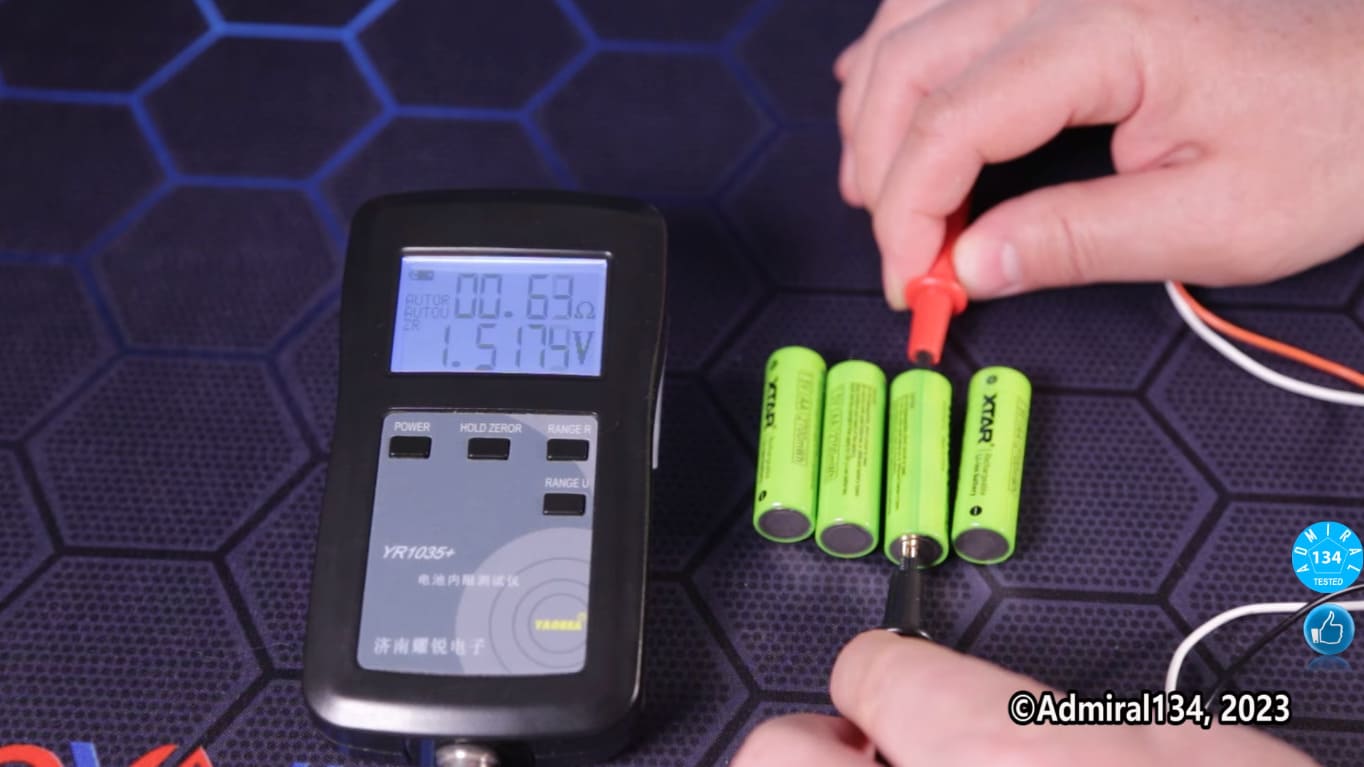
For to charge these batteries, use this charger – device extra lc4. By the way, specifications indicate that the output voltage in each slot 4.9 volts. I will write a separate review of the charger. Today we will only talk about green extar batteries. Testing will take place according to GOST requirements.
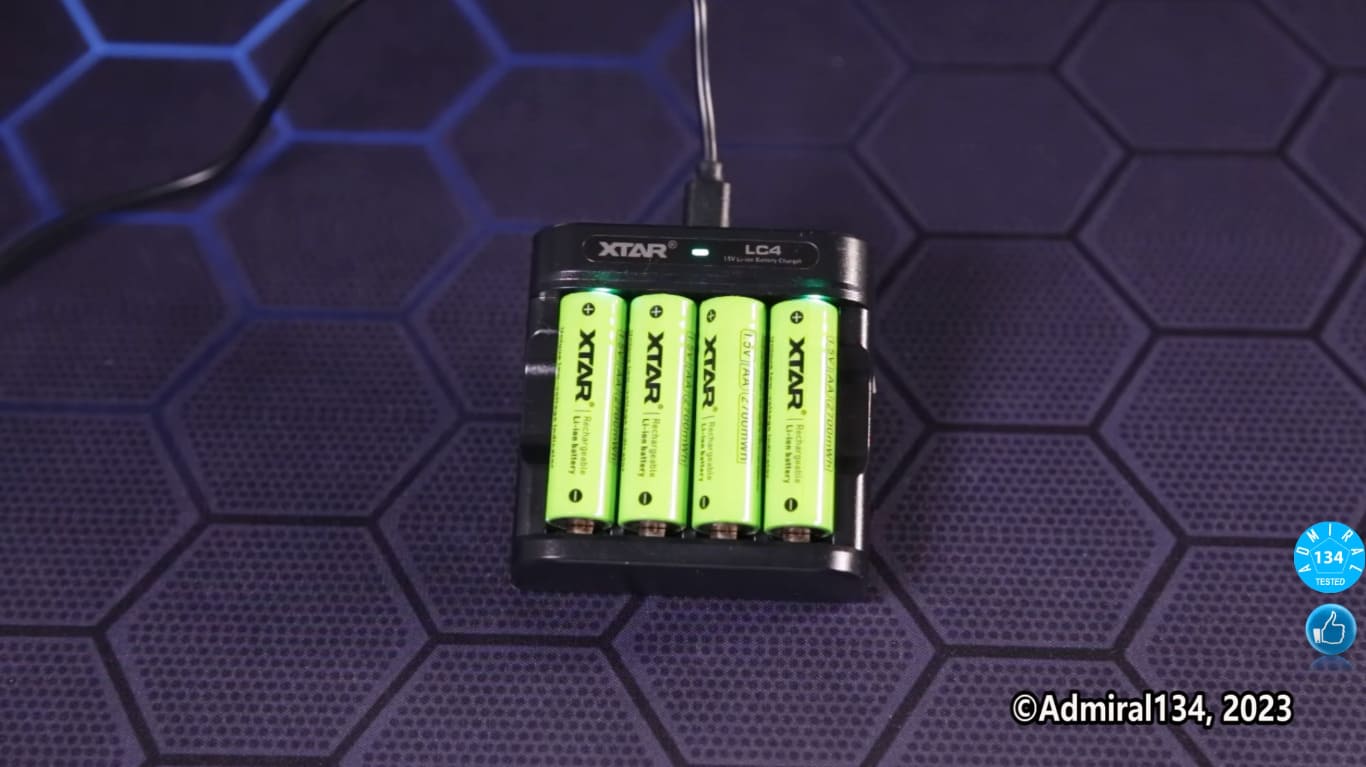
I will charge these batteries on a specialized charger LC4. But for discharging, I will be using a chemical current sources analyzer -ACK2.5.10.8. Testing will take place as follows.
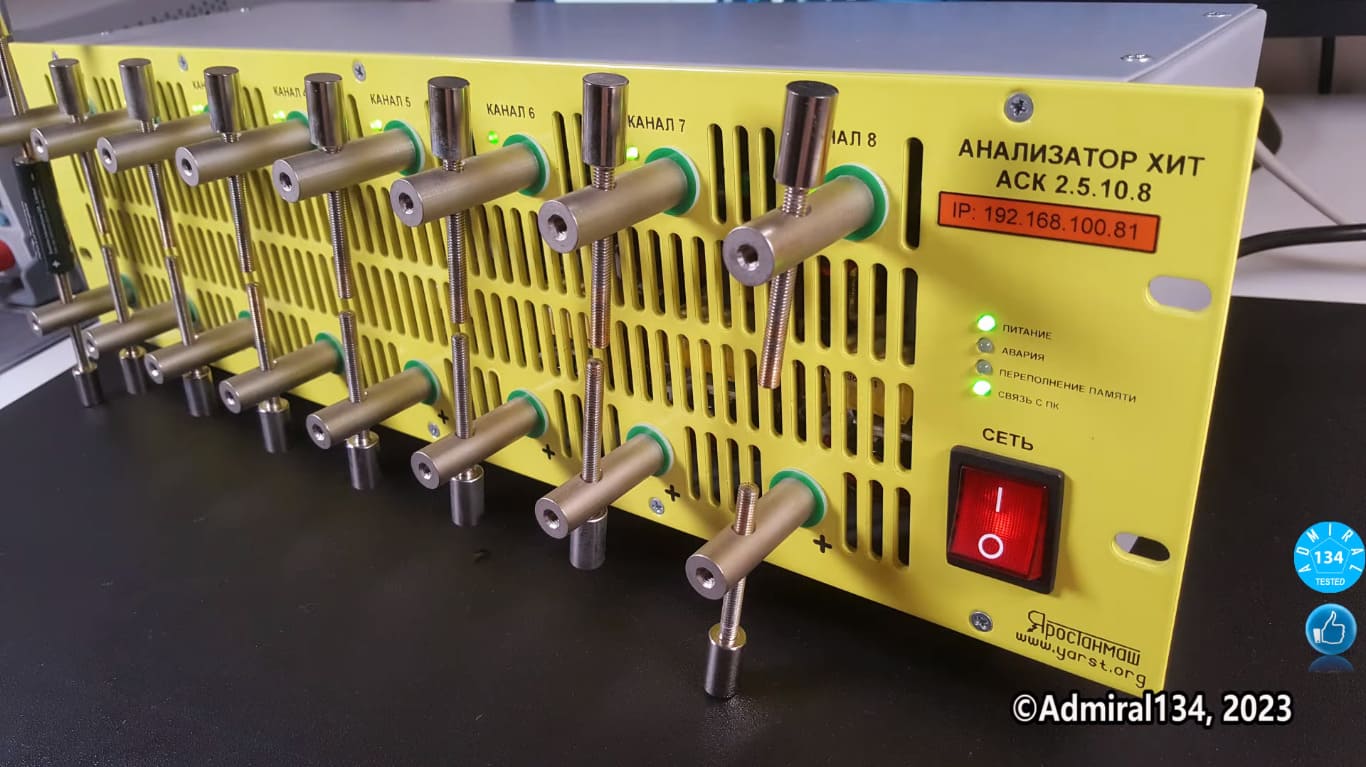
After charge, battery will pause 1 hour as recommended by GOST. And after that, discharge tests will be performed to find out how much current to discharge batteries for capacity determination. Very easy to calculate capacity of these batteries. Manufacturer declared energy intensity 2700mWh and rated voltage 1.5 volts, then dividing the first digit by the second we get that battery capacity is 1800mAh (=2700/1.5). As GOST recommended, to determine the capacity is necessary battery discharge current 20 percent from the capacitance, that is, the discharge current will be 360mA. Tests with a discharge current of 1 ampere and 1.5 amperes and 2 amperes. If batteries succeed in this task, perhaps I will discharge with more high current.
I start testing it. It will take many hours before discussing the results.
Testing completed. let’s sum up the results of the battery test.
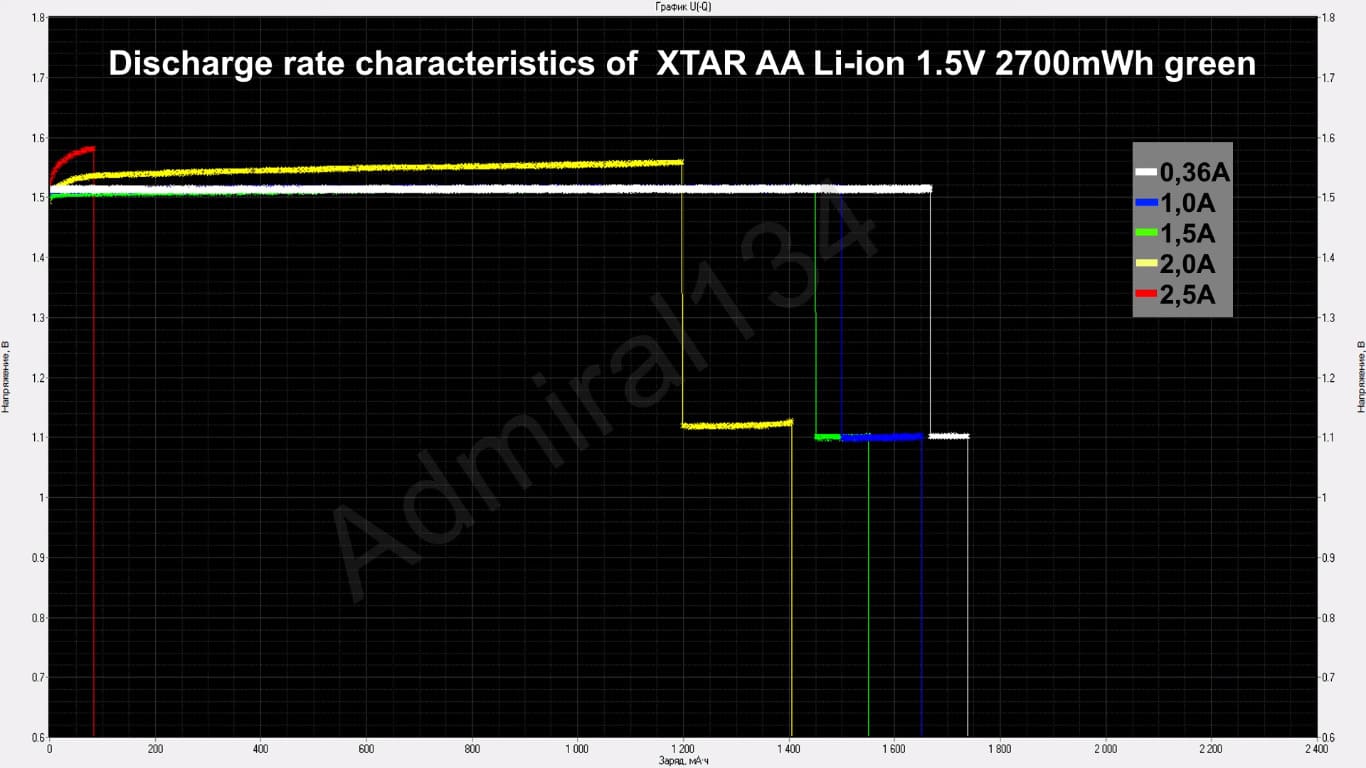
The slide shows the graphs of the discharging for those green-wrap batteries. When discharging currents from 0.36 amperes to 2.5 amperes, according to vertical voltage in volts, horizontally the amount of charge given in milliamp hours, we see that the graphs have especially if the beginning of the discharge accompanied by output voltage 1.5 volts at a high current approximately 2 amps, even the voltage rose to 1.55 volts. When the amount of charge little has been accumulated, batteries have gone to the next level -output voltage 1.1 Volts. And after this, different samples at different discharge currents were given from about 5 up to 12-14% at a voltage of 1.1 Volts.
In my opinion very interesting solution from Manufacturer XStar. Because the first lithium-ion battery models with output voltage of 1.5 volts had one big essential disadvantage, namely the battery happened conclusion suddenly. Many complained that some portable devices which are very important always work and are on and on, then they turn off instant suddenly at full capacity.
Manufacturer worked on the bugs and from the rules. That is, when little residual charge left battery goes to the next level – voltage 1.1 volts and if it is used in smart portable devices, the screen or in some other way be able to warn the user that battery level remains critically low and you need either recharge or replace batteries. I think there is another reason why the manufacturer applied such an interesting move. In their rechargeable most portable equipment, at a voltage of 1.1 Volts per one element will no longer be ok work or shut down or at least will signal that the level battery charge is critically low, the battery will not be discharged to zero percent and the level of residual charge will stay there for about ten percent, I think it will have a positive impact on the battery resource.
On the next slide also presented are the discharge curves. These batteries, vertically voltage in volts, and horizontally the amount of energy delivered to milliwatt-hours of the thermogram.
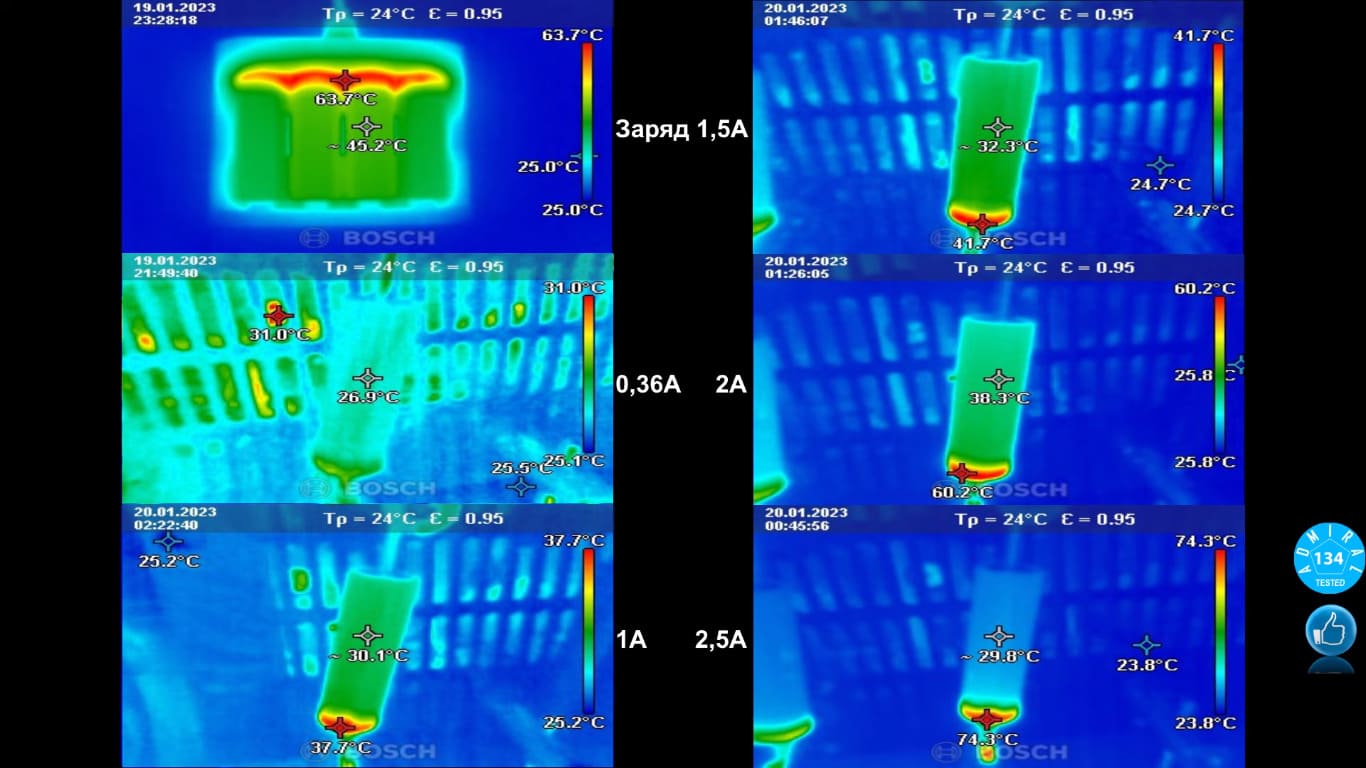
On the left, the upper thermal diagram shows the thermal battery charging picture of charger. We’ll see what’s on battery surface temperature 45 degrees Celsius within permissible. BMS controls the batteries about 64 degrees Celsius, it is not further critical. At discharge currents from 0.36A up to 2A, surface temperature of battery did not exceed the value of 38-39 degrees Celsius. It is normal that any low-current lithium-ion batteries can support continuous discharge current at two times of capacitance values. That is, if the capacitance these batteries are 1.8 ampere-hours, then they can support maximum current 3.6A. Here we see that the maximum current said by the manufacturer is 2A. This is limitation of the bms-controller.
At a current of 2 amperes, temperature at battery surface was 38.3 degrees Celsius and here is the bms control warmed up to 60 degrees Celsius. Discharge current of 2.5 amperes, which is already exceeds the nominal specified value, the battery has warmed up to 30 degrees Celsius and here is the bms control warmed up to 74 degrees Celsius and unplugged load battery performs exactly. Manufacturer stated on the parameters that it is not supports larger current.
Test results presented in the final table of the second column is indicators for which capacities were evaluated, third column specifications, the next 4 columns are test results of four samples capacity, and the eighth column is temperature at the moment completion of testing. The first digit is the surface temperature of battery and the second digit is temperature in the bms controller area.
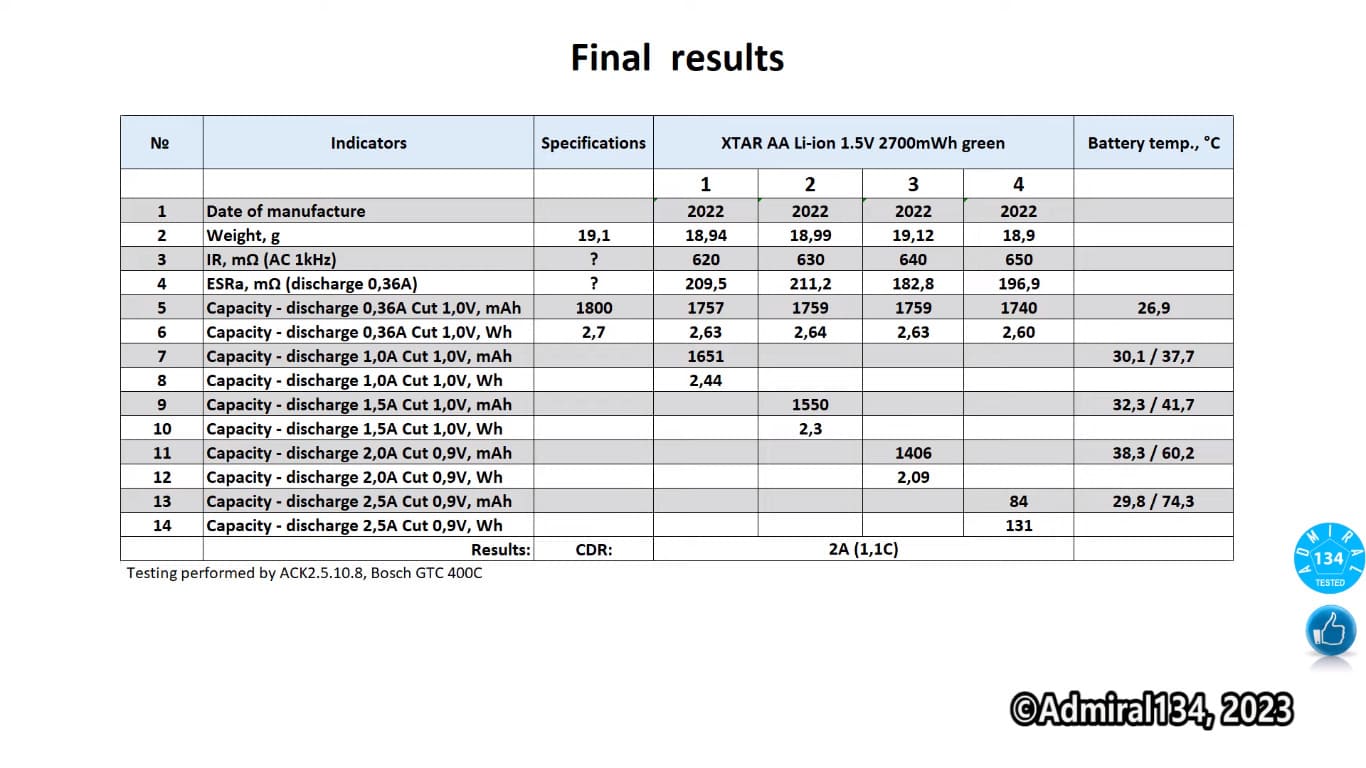
The second line is the weight of the batteries corresponds to the declared about 19g. The third line is internal resistance when passing alternating current frequency of 1 kHz. We see that these figures very large and do not reflect the true internal resistance value of batteries. That is the value of the BMS board. 4th line is the average equivalent serial battery resistance at discharge current 0.2c value, they were from 183 up to 211 milliohm, these values are much closer to the real state of affairs. In the discharge current 2a, the value of SR decreased to 100-110 milliohm.
Fifth line, battery capacity at discharge current 360 milliamps, value were from 1740 to 1750 milliamp hours, value spread about 1% little received value, very close to the face value which was stated manufacturer 1800 milliamp hours. Sixth line, energy intensity at declared value of 2.7 per hour, batteries showed a value from 2.6 to 2.64 watt hours, is also very close to face value. Eighth line, at discharge current 1 ampere, the first sample gave 2.44 watt-hours of stored energy. 10th line, the second sample inflows 1.5 amperes gave 2.3 W hours. 12th line, the third sample at a current of 2 amperes gave almost 2.1 watt-hour.
Sample gave very little accumulated energy conclusions. Batteries Xstar AA li-ion 1.5 Volts green declared energy intensity 2700 watt hour, capacity is rated 1740+ milliamp hours, power consumption 2.6 + watt hours, maximum continuous discharge current 2A. Test results practically confirmed all the claims. Interesting characteristics are fulfilled solutions with two voltage levels at different amount of residual charge, I already explained why it has positive values for accumulators and for equipment. X-star batteries can be used in various flashlights, electronic blood pressure monitors, for children’s toys, remote controls, for audio and video equipment and so on.
Friends if liked this review, please share the link with friends or colleagues, I thank you for your views. If you liked these batteries, you can buy at XTAR official store. 4 Batteries cost about USD $18.90. If you want to buy batteries with this charger, then you will only need to add another USD $6.90.
Thank you for your attention.
*You can also watch the review video which is in Rusian language.